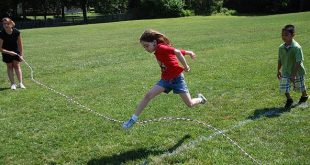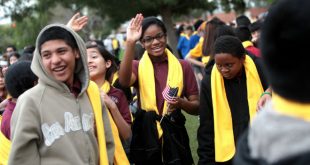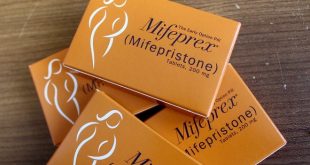The U.S. Supreme Court last month rejected a Nevada church’s request to strike down a congregation capacity limit set by the governor. Calvary Chapel Dayton Valley sought to re-open after a COVID-19 shutdown without a 50-person limit. Governor Steve Sisolak had allowed businesses, including close-contact businesses like hair salons and barbershops, to re-open at 50 percent capacity.
Alliance Defending Freedom (ADF), which represents the church, recorded a video that showed a crowded casino, where some people wandered around without masks. But churches could allow only 50 people inside, even if they could seat hundreds.
Chief Justice John Roberts voted with the liberal justices in the case. Three of the justices, who wrote separate dissents, contended that the court should have issued an injunction against the state’s order while the case was pending. The dissenting Justice Neil Gorsuch wrote that “there is no world in which the Constitution permits Nevada to favor Caesars Palace over Calvary Chapel.”
The governor eventually raised church gatherings from 50 to 250 people, but Calvary Chapel believed churches were still being treated differently and appealed to the Supreme Court again while litigation was pending in the U.S. Court of Appeals for the Ninth Circuit.
ADF announced this week that Calvary Chapel has scored a victory from the latter court. The judges stuck down the governor’s COVID-19 restrictions against churches.
The Ninth Circuit stated (PDF – opinion) that Calvary Chapel “has demonstrated a likelihood of success on the merits of its Free Exercise claim. It has also established that the occupancy limitations contained in the Directive—if enforced—will cause irreparable harm, and that the issuance of an injunction is in the public interest.”
The court reversed the lower court’s decision and instructed the lower court “to employ strict scrutiny review to its analysis of the Directive, and preliminarily enjoin the State from imposing attendance limitations on in-person services in houses of worship that are less favorable than 25% of the fire-code capacity.”
 CURE News and Clergy Blog News and Commentary for Christians
CURE News and Clergy Blog News and Commentary for Christians



